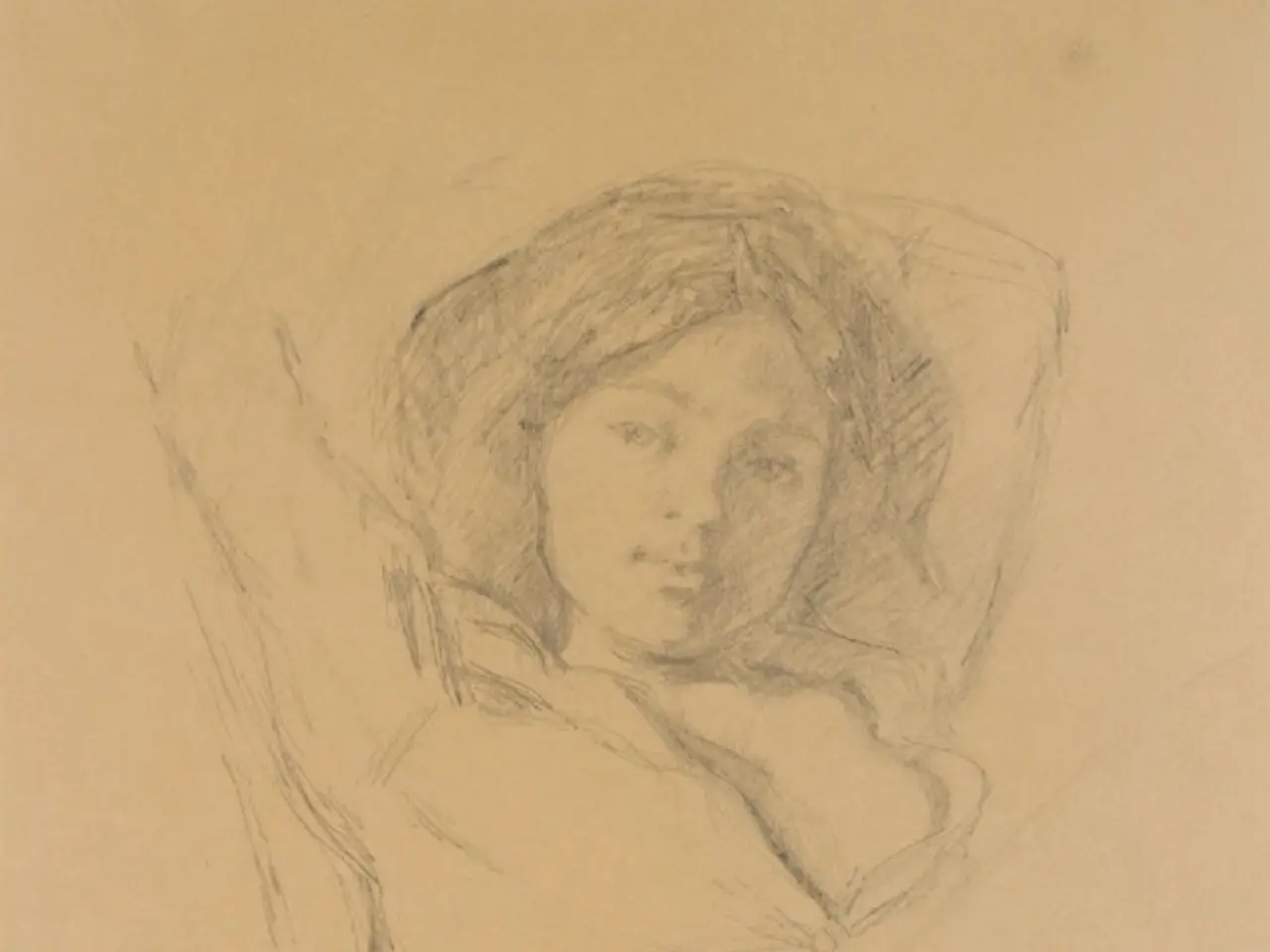Exploring Fundamental Art Techniques: Beginning Your Creative Journey in Visual Arts
In the world of art, drawing and sketching are fundamental skills that every artist should master. Here are some beginner-friendly techniques and tools to help you get started on your artistic journey.
To begin with, essential tools for artists include a range of pencils, such as HB or 2B pencils, which offer a balance between hardness and darkness, making them ideal for experimenting with line quality and shading. For paper, a smooth sketchbook designed for pencil or mixed media is recommended, as it supports both fine lines and shading without excessive texture or feathering.
Basic techniques include focusing on line quality by practicing loose, confident strokes rather than rigid, overworked lines. This approach helps create a lively framework to build upon. Experiment with varied line pressure and thickness to give your sketches dimension and interest. Shading methods such as hatching (parallel lines), cross-hatching (intersecting lines), stippling (dots), and blending help create values and depth. Start with simple tonal gradations using light to dark shading to understand form.
When choosing a sketchbook, pick one with paper weight around 70-90 lb (100-140 gsm) for pencil work, and consider size for portability and comfort. A smooth or slightly textured surface is ideal for beginners to balance control and blending. Sketchbooks labeled for mixed media provide versatility to add ink or watercolor later.
Blending techniques help create smoother transitions in drawings, enhancing realism and depth. Geometric shapes are the building blocks of art and help represent objects and ideas. Start with geometric shapes as a base and add organic forms to bring life to your artwork. Combining shapes is a technique in drawing that helps create complex images from simple components. An example of combining shapes is creating a tree using a rectangle for the trunk and circles for the leaves.
Drawing from life is an essential skill for any artist, it allows you to observe the world around you and capture it on paper. Strong observational skills are vital for drawing from life, the ability to see details and proportions accurately will improve your art. Capturing movement in drawings adds energy and emotion, it requires quick, short strokes and focusing on the lines of action.
Two-point perspective adds complexity to drawings, using two vanishing points on the horizon line. Vanishing points are crucial in perspective drawing, they show where parallel lines seem to meet in the distance. Setting up a still life is a great way to begin drawing from life, it consists of a group of objects arranged in an interesting way.
Shading adds depth and dimension to drawings, and helps create the illusion of three-dimensional forms. Line quality refers to the appearance and character of a line in a drawing, and can express emotions and depth.
In conclusion, these foundations enable beginners to experiment freely and improve fundamental drawing skills gradually. Whether you're just starting out or returning to art, these techniques and tools will provide a solid foundation for your artistic journey. Happy sketching!
- To complement your artistic journey, explore other creative aspects of life such as fashion-and-beauty, home-and-garden, food-and-drink, and education-and-self-development.
- Learning about fashion trends, home decor, cooking techniques, or self-improvement strategies can expand your lifestyle and broaden your artistic perspectives.
- Integrating fashion sketches, still life drawings of kitchen utensils, or educational diagrams into your artworks can create unique, multi-dimensional pieces that reflect your diverse interests.




